THE CELTIC ISLE TUG BOAT AT ANDERSON QUAY
THE CELTIC ISLE TUG BOAT AT ANDERSON QUAY LAPP'S ISLAND CORK PORT
CELTIC ISLE (IMO: 8514693) is a Tug that was built in 1986 and is sailing under the flag of Ireland. Its carrying capacity is 386 t DWT and her current draught is reported to be 5.2 meters. Her length overall (LOA) is 34.19 meters and her width is 10.8 meters.
Lapp's Island was once an island in the River Lee. It is now joined with the island which forms the center of Cork City, and refers to the eastern tip of that island. The island had probably been reclaimed from swamp.
In the 18th century it was separated from the main island by a canal which roughly followed what is now Parnell Place. It was fully joined to the main island by 1832.
Custom's House, at the eastern extremity of the island, sits on what was called the tongue of Lapps's Island, and the modern Lapp's Quay sits on the southern shore of Lapp's island.
John Anderson (1747–1820) was a Scottish businessman and entrepreneur. He was a commercial agent in New York and later a business owner in Cork. His business played a pivotal role in creating infrastructure that connected Dublin to Cork. Anderson purchased land in Fermoy that was later used as a military complex.
Anderson was born into a poor family at Portland near Dumfries, Scotland and moved to Glasgow in 1784. He later settled in Cork City, at that time the major provisioning centre on the Atlantic Coast. During the American wars he earned considerable sums as a commercial agent in New York, and made extensive land purchases in the Cork area.
His Cork enterprise was based at Lapp's Island, and his business acumen was recognised as he grew rapidly in fortune and was appointed to the city's committee of merchants. He was made a Freeman of the city in 1787. Among his business interests was a malting and warehouse complex at Ballinacurra on Cork Harbour in partnership with John Lapp, in the 1780s. In common with many Cork merchants he was in favour of union with Great Britain in 1800. Anderson's Quay in Cork is called after him. He married a Miss Semple and had two daughters and two sons, one of whom, James Caleb Anderson (1782–1861), was a noted experimenter with steam-driven road vehicles.
His fortunes suffered a series of reversals with the fall in the value of land after the Napoleonic Wars, and he lost over £30,000 in a Welsh mining venture. He had been conducting banking business and with the economic downturn his bank collapsed in 1816.
CELTIC ISLE (IMO: 8514693) is a Tug that was built in 1986 and is sailing under the flag of Ireland. Its carrying capacity is 386 t DWT and her current draught is reported to be 5.2 meters. Her length overall (LOA) is 34.19 meters and her width is 10.8 meters.
Lapp's Island was once an island in the River Lee. It is now joined with the island which forms the center of Cork City, and refers to the eastern tip of that island. The island had probably been reclaimed from swamp.
In the 18th century it was separated from the main island by a canal which roughly followed what is now Parnell Place. It was fully joined to the main island by 1832.
Custom's House, at the eastern extremity of the island, sits on what was called the tongue of Lapps's Island, and the modern Lapp's Quay sits on the southern shore of Lapp's island.
John Anderson (1747–1820) was a Scottish businessman and entrepreneur. He was a commercial agent in New York and later a business owner in Cork. His business played a pivotal role in creating infrastructure that connected Dublin to Cork. Anderson purchased land in Fermoy that was later used as a military complex.
Anderson was born into a poor family at Portland near Dumfries, Scotland and moved to Glasgow in 1784. He later settled in Cork City, at that time the major provisioning centre on the Atlantic Coast. During the American wars he earned considerable sums as a commercial agent in New York, and made extensive land purchases in the Cork area.
His Cork enterprise was based at Lapp's Island, and his business acumen was recognised as he grew rapidly in fortune and was appointed to the city's committee of merchants. He was made a Freeman of the city in 1787. Among his business interests was a malting and warehouse complex at Ballinacurra on Cork Harbour in partnership with John Lapp, in the 1780s. In common with many Cork merchants he was in favour of union with Great Britain in 1800. Anderson's Quay in Cork is called after him. He married a Miss Semple and had two daughters and two sons, one of whom, James Caleb Anderson (1782–1861), was a noted experimenter with steam-driven road vehicles.
His fortunes suffered a series of reversals with the fall in the value of land after the Napoleonic Wars, and he lost over £30,000 in a Welsh mining venture. He had been conducting banking business and with the economic downturn his bank collapsed in 1816.
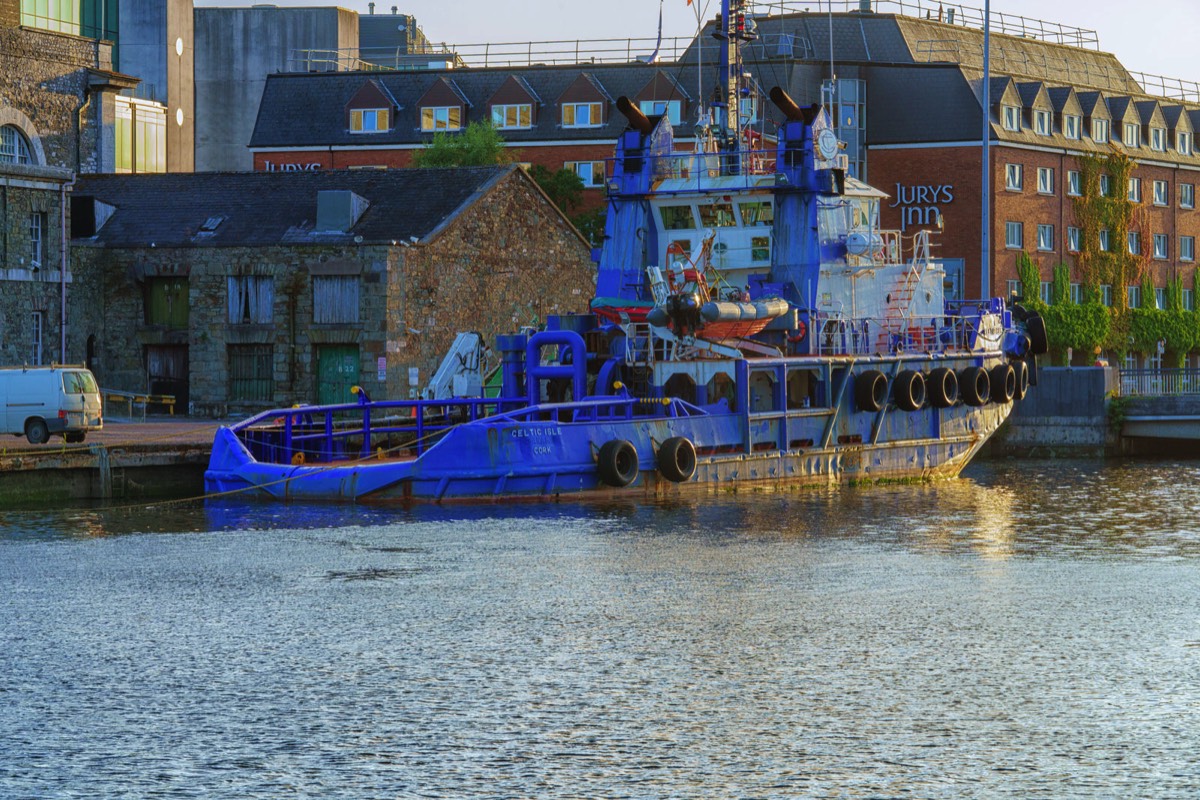
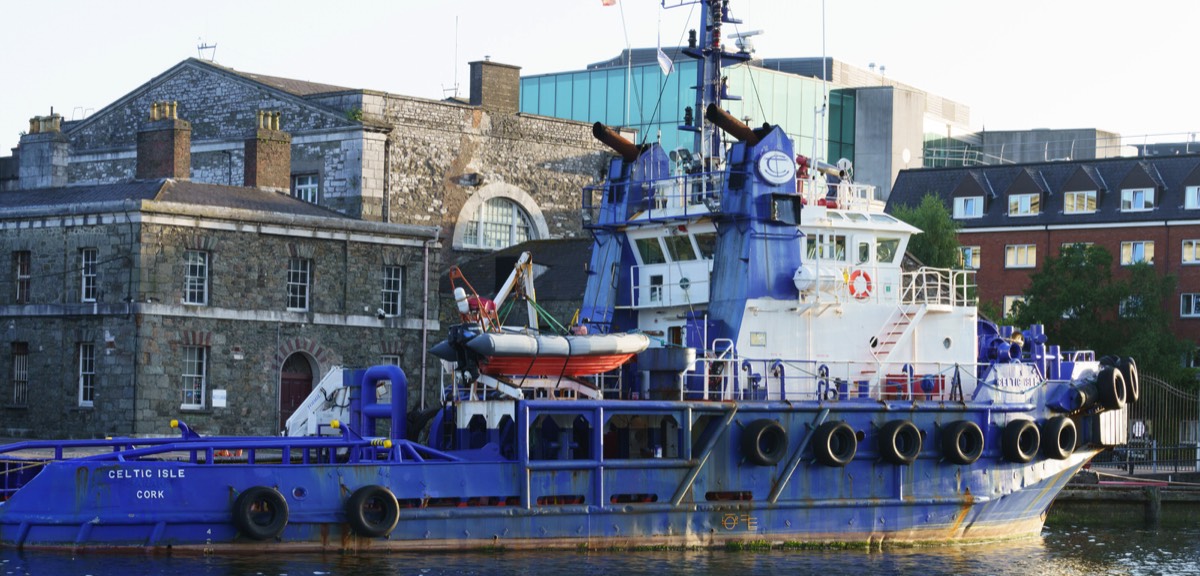


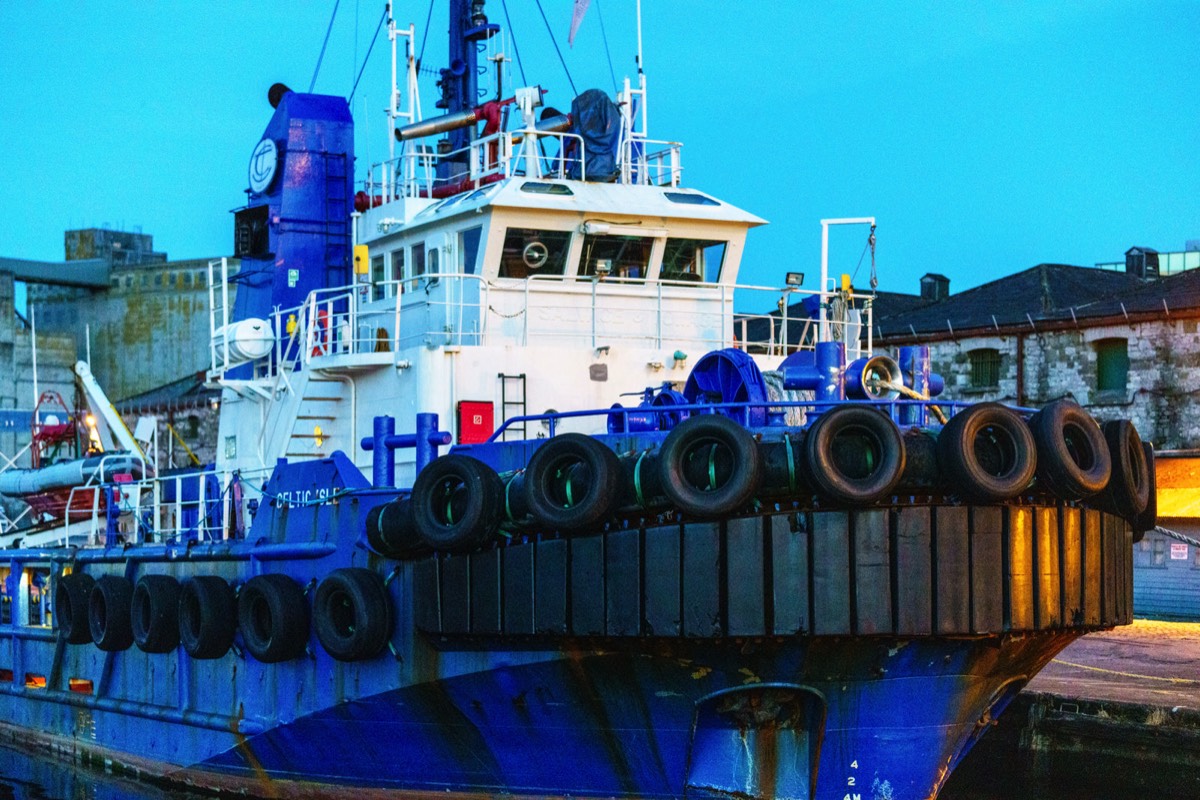
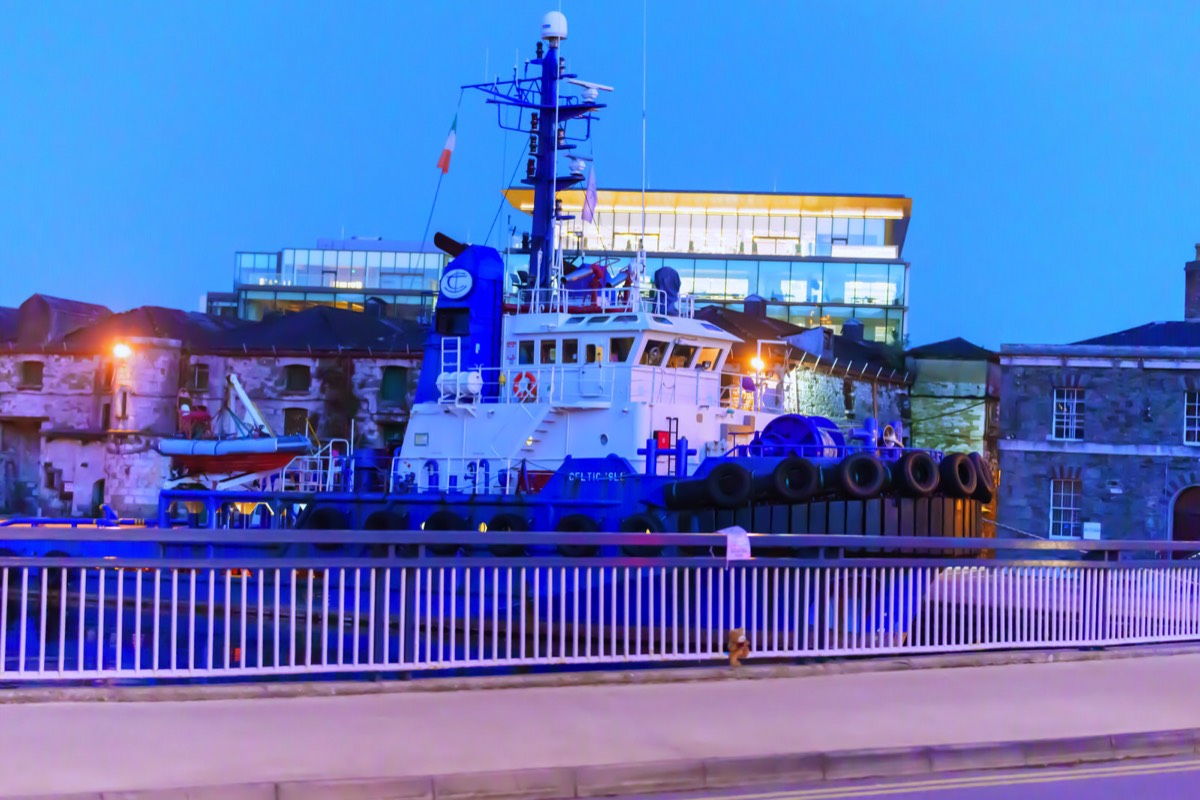
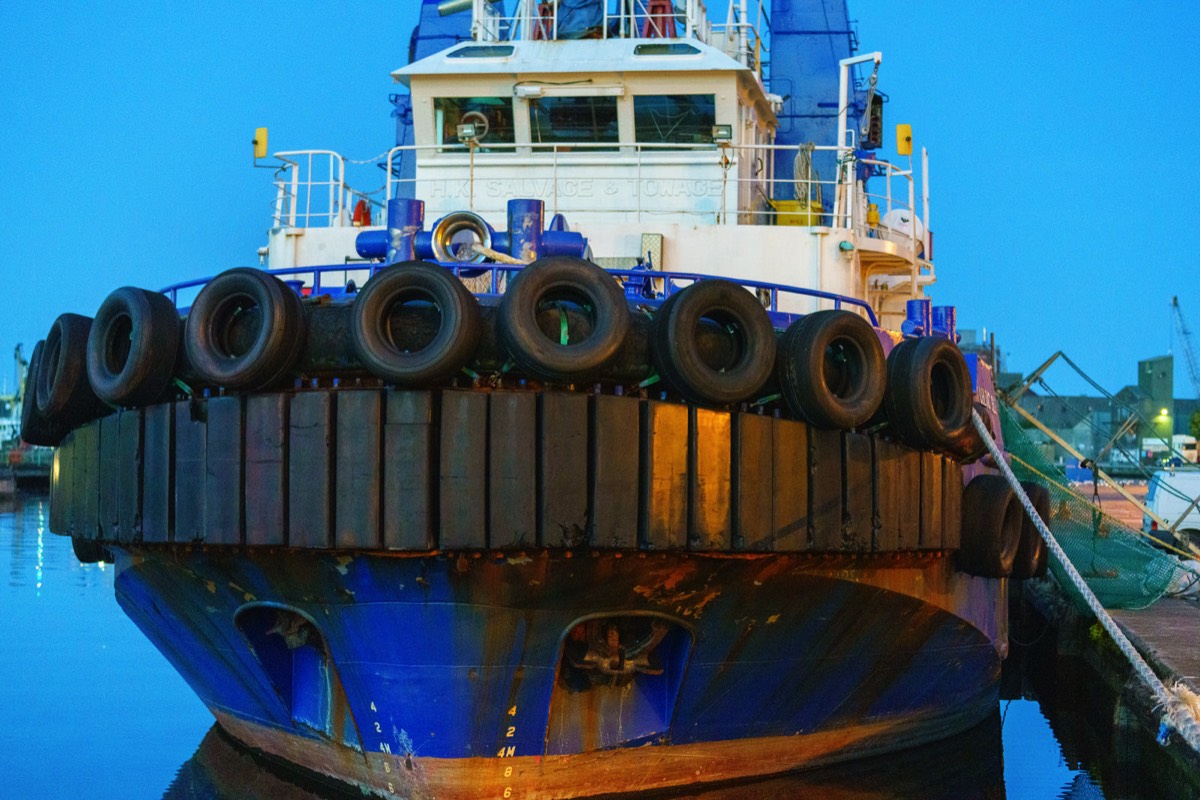
THE PHOTO DIARY IS NOT LIMITED TO CORK AS I ONLY VISIT THE CITY ONCE EVERY YEAR AND 2020 MAY BE AN EXCEPTION. I AM BASED IN DUBLIN BUT DURING THE SUMMER MONTHS I VISIT BELFAST, LIMERICK, GALWAY, KILKENNY AND WATERFORD AND USUALLY DEVOTE A WEEK TO PHOTOGRAPHING EACH OF THE CITIES IN QUESTION
You will find links to buy products from Amazon, Google and other partners. If you click on these links, you’ll find that the URL includes a small extra piece of text which identifies that the click came from my websites. This text is an affiliate code, and it means that I get a small percentage of the money you spend if you choose to buy that product, or, in some cases, other products from the site soon after. These affiliate links help pay the costs of producing my websites and ensure that the content is free to you.